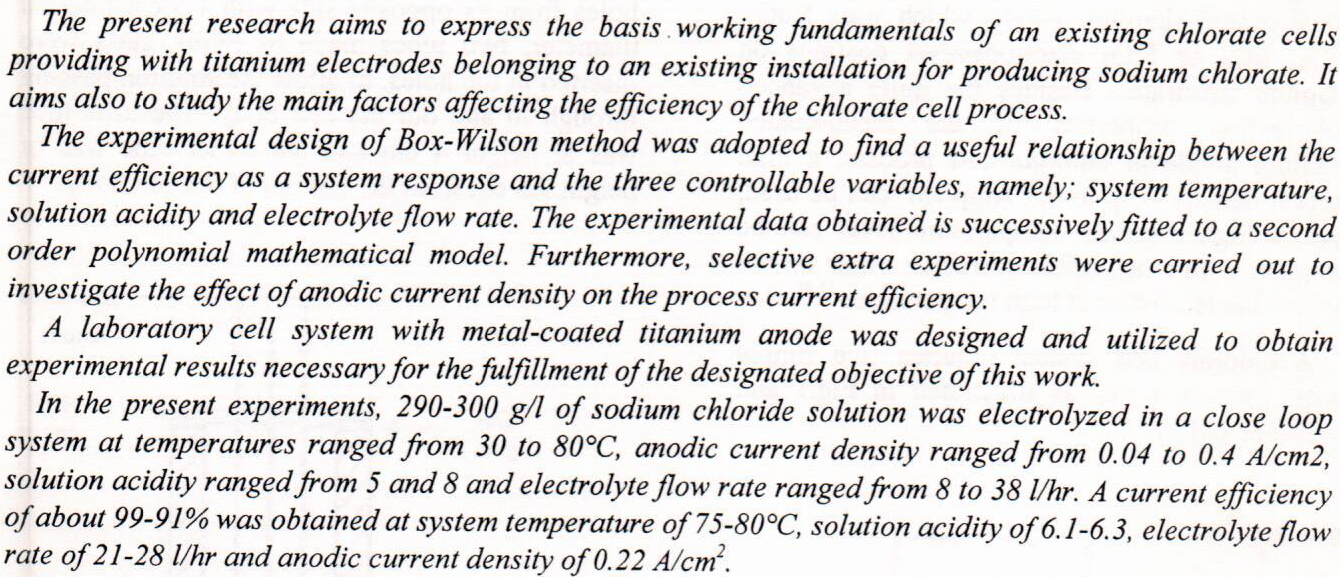
In the course of generating a library of open-chain epothilones, we discovered a new class of small molecule anticancer agents that has no effect on tubulin but instead kills selected cancer cell lines by harnessing reactive oxygen species in an iron-dependent manner.
 (12)
(12)
 (13)
(13)
Several toxigenic cyanobacteria produce the cyanotoxin (microcystin). Being a health and environmental hazard, screening of water sources for the presence of microcystin is increasingly becoming a recommended environmental procedure in many countries of the world. This study was conducted to assess the ability of freshwater cyanobacterial species Westiellopsis prolifica to produce microcystins in Iraqi freshwaters via using molecular and immunological tools. The toxigenicity of W. prolifica was compared via laboratory experiments with other dominant bloom-forming cyanobacteria isolated from the Tigris River: Microcystis aeruginosa, Chroococcus turigidus, Nostoc carneum, and Lyngbya sp. signifi
... Show More (4)
(4)
 (2)
(2)
 (1)
(1)
Background: Pumpkin seeds are a valuable source of high-quality protein and can be utilized as functional food ingredients due to their properties, such as solubility, foam formation, and stability. This study aims to produce protein isolate and its enzymatic hydrolysates from local pumpkin seeds to study their properties. Methodology: Preparing defatted pumpkin seeds for protein extraction, followed by the enzymes’ hydrolysis using Trypsin and Pepsin enzymes separately and together in two methods. The determination of amino acids and the degree of hydrolysis was conducted; moreover, protein properties were studied, including solubility, emulsifying activity, stability index, foaming capacity, and stability. Results: A protein sample was
... Show More (8)
(8)
 (3)
(3)
 (4)
(4)
 (9)
(9)
 (9)
(9)
The esterification of oleic acid with 2-ethylhexanol in presence of sulfuric acid as homogeneous catalyst was investigated in this work to produce 2-ethylhexyl oleate (biodiesel) by using semi batch reactive distillation. The effect of reaction temperature (100 to 130°C), 2-ethylhexanol:oleic acid molar ratio (1:1 to 1:3) and catalysts concentration (0.2 to 1wt%) were studied. Higher conversion of 97% was achieved with operating conditions of reaction temperature of 130°C, molar ratio of free fatty acid to alcohol of 1:2 and catalyst concentration of 1wt%. A simulation was adopted from basic principles of the reactive distillation using MATLAB to describe the process. Good agreement was achieved.
Production and characterization of methionine γ- lyase from Pseudomonas putida and its effect on cancer cell lines
 (13)
(13)
 (5)
(5)
